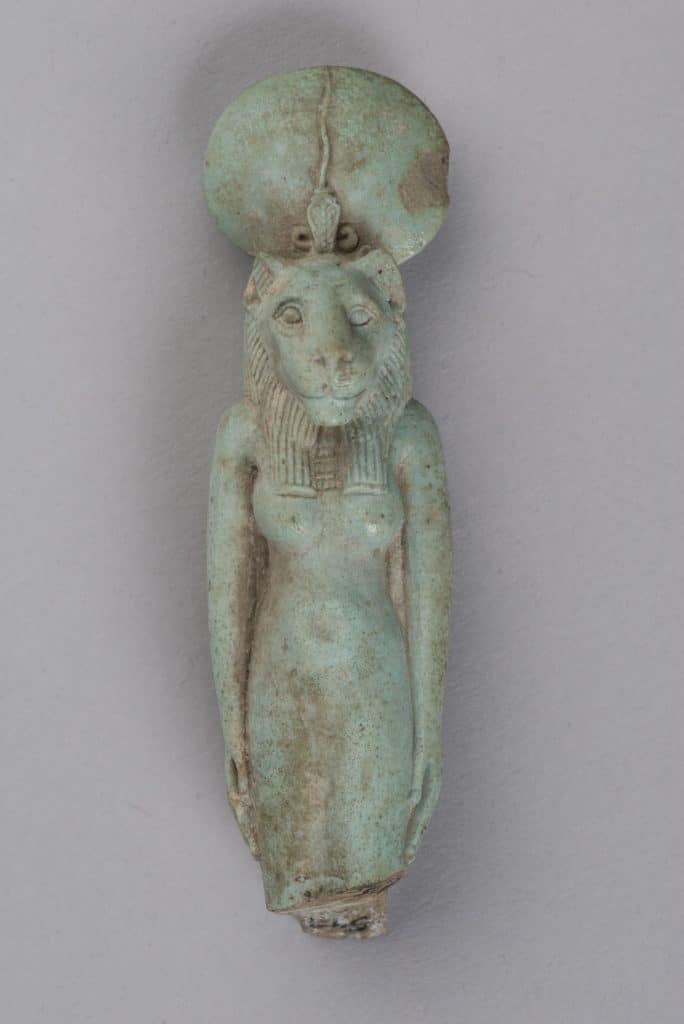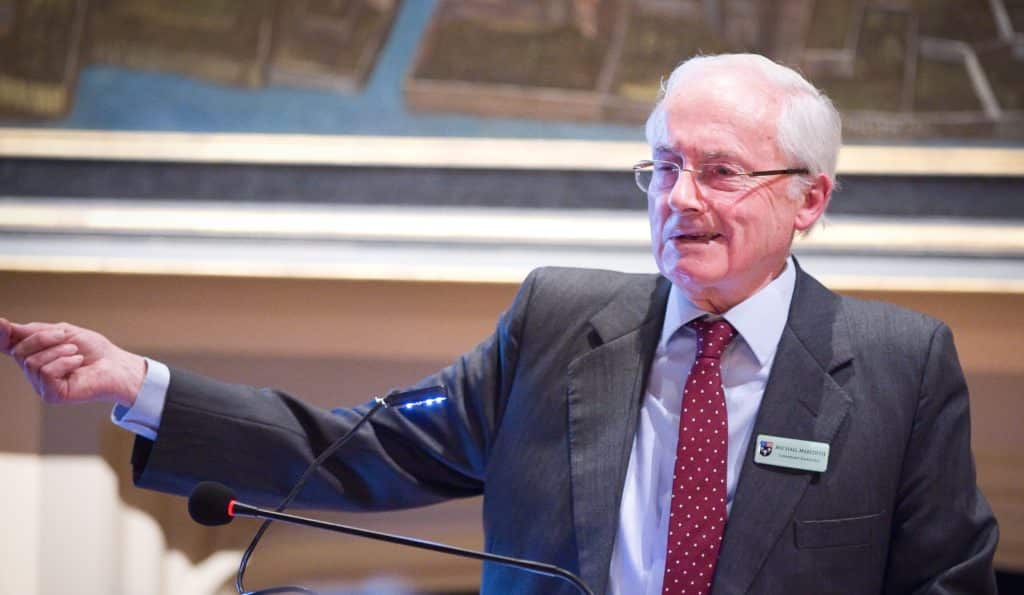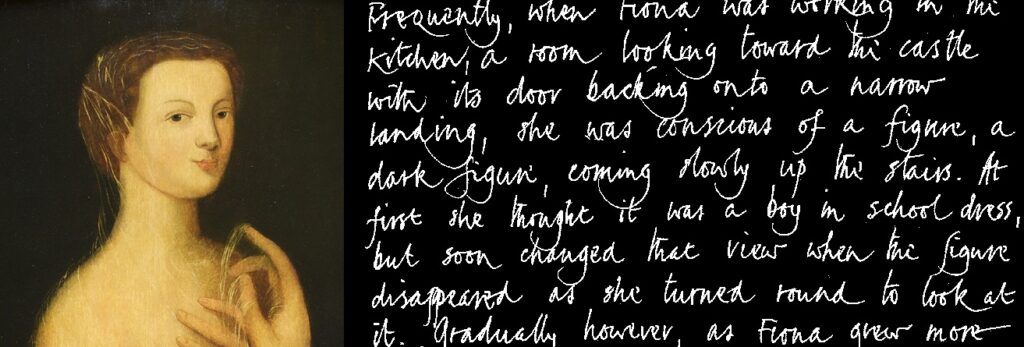
Figure of Sakhmet. Late Period, 26th Dynasty, ca.600 BCE. Faience. [ECM 1716]
Here is a figure found in the Myers Collection. In the Late Period, 26th Dynasty ca. 600 BCE, this figure was worshiped by Ancient Egyptians.
‘Sakhmet was a goddess of fury, the Powerful One, the fiery Eye of the sun god Re whom he sent against his enemies bringing plague and pestilence. The sun disk and uraeus surmounting her head associate her with Re and emphasize her role as his daughter and as a protector of the king. The more formidable manifestations of deities, like Sakhmet, were often favored for protective amulets, and her potential for violence also elicited great efforts of appeasement.’ [1]
I decided to recreate this figure by using clay. Whilst, sculpting I instantly fell in love with the intricate designs within the sculpture. The sculpture insists of a lion head indicating power and strength. I wanted to make sure that these qualities were communicated to the viewer as we know that Sakhmet was a goddess of fury and was a protector to the King. Thus, I had to closely observe the sculpture in order to get a precise shape; in doing this I started to understand how each shape connected with each other.
By Leah Rashid, Gallery Steward
Referenced from:
[1] Selections from the Eton College Myers Collection pg. 52
The Johns Hopkins Archaeological Museum Meg Swaney
Morgan Moroney Editors



